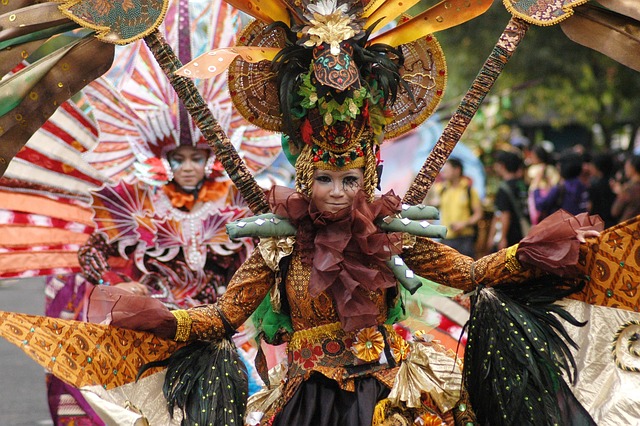Diversity in Dance: Encouraging Inclusion in Neoclassical Ballet
Neoclassical ballet, a genre that beautifully marries the elegance of classical ballet with modern influences, has long been celebrated for its precision, grace, and technical prowess. However, the world of dance, much like any other art form, has evolved to reflect the diversity of the human experience. In recent years, a growing emphasis on inclusivity has prompted a vital conversation about representation within neoclassical ballet. This article explores the significance of diversity in neoclassical ballet and the steps being taken to encourage inclusion.
Neoclassical ballet, with its origins rooted in the works of choreographers like George Balanchine, has often been associated with a specific body type and aesthetic. While the art form demands a high level of athleticism and discipline, the emphasis on uniformity has sometimes led to a lack of representation for dancers of various ethnicities, body shapes, and gender identities. As the global perspective expands, so does the realization that the beauty of neoclassical ballet can be enriched by embracing a broader range of dancers.
The Power of Representation: Representation matters. When audiences see dancers who look like them on stage, it sends a powerful message that they belong and that their stories are worth telling. Dancers from diverse backgrounds bring unique cultural influences to their performances, adding depth and authenticity to the storytelling. By breaking away from traditional norms and incorporating dancers of all backgrounds, neoclassical ballet companies can create a more vibrant and resonant experience for both performers and audiences.
Challenging Stereotypes: Neoclassical ballet can play a pivotal role in challenging stereotypes associated with dance. Dismantling the misconception that only a certain body type is fit for ballet requires a commitment to showcasing a range of physicalities. When dancers of varying sizes and shapes are featured prominently, it not only redefines beauty standards but also underscores the importance of skill and artistry over appearance. This can inspire aspiring dancers to pursue their passion without feeling limited by preconceived notions of what a dancer should look like.
Creating Inclusive Spaces: To encourage diversity in neoclassical ballet, it's essential to create inclusive spaces that foster a sense of belonging for everyone. Dance companies and schools can implement policies that promote equal opportunities regardless of race, gender, or socioeconomic background. Offering scholarships, mentorship programs, and targeted outreach initiatives can help identify and nurture talented dancers who might not otherwise have access to training. Such efforts not only enrich the dance community but also contribute to a more just and equitable society.
Collaboration and Innovation: Embracing diversity in neoclassical ballet requires a collaborative and innovative spirit. Choreographers and directors can explore themes and narratives that resonate with a broader range of experiences. By blending traditional neoclassical techniques with contemporary movement styles, choreographers can create pieces that reflect the dynamism of the modern world. Collaborating with choreographers from diverse backgrounds can bring fresh perspectives and inspire groundbreaking works that captivate audiences.
Celebrating Progress: While the journey toward a more inclusive neoclassical ballet landscape is ongoing, it's crucial to celebrate the progress that has been made. Highlighting success stories of dancers who have broken barriers can inspire others to follow suit. Recognizing the efforts of dance companies, educators, and choreographers who prioritize diversity sends a clear message that the dance world is evolving and embracing change.
In conclusion, diversity in neoclassical ballet is not just a fleeting trend; it's a fundamental shift that enriches the art form and paves the way for a more inclusive future. By representing a wide range of experiences and perspectives on stage, neoclassical ballet can connect with audiences on a deeper level and contribute to the cultural tapestry of our society. As we continue to push boundaries and challenge norms, the dance community has the power to create transformative change that resonates far beyond the stage.




